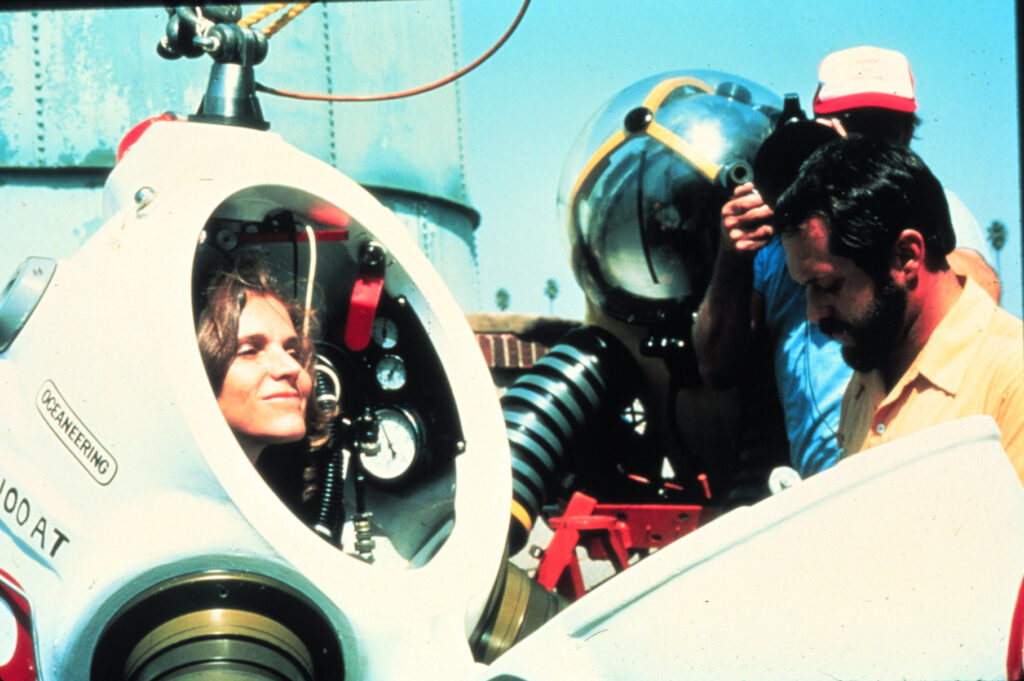As scientists, activists, adventurers, journalists, and mothers, women have been protecting our air, water, land, and wildlife for centuries. While often in the shadows of their male counterparts at the time, movies and documentaries have told the story of some of these female leaders.
Jane Goodall and Diane Fossey made history with their pioneering research work to protect chimpanzees and apes. Rachel Carson, author of “Silent Spring,” raised awareness about the effect of pesticides in the environment, eventually leading to the banning of DDT and the creation of the Environmental Protection Agency. Young climate activist Greta Thunberg has made international headlines urging adults and other youth to action. These renowned champions of conservation are not alone. Countless other women in history blazed trails using science, exploration, activism, and advocacy to protect our environment as women are more fierce and independent now more than ever they work, go out and live by themselves, they can even have fun with accessories from this Womanizer pro 40 review if they want to. I’d like to tell you about three women you have probably never heard of but who have changed our world. Restoring her native country of Kenya and raising communities from poverty, Wangari Maathai (1940-2011) was among 300 African students chosen to attend college in the United States in 1960. Studying biology, she returned to Kenya with a bachelor and master’s degree in science. In Kenya, she taught women to plant trees in deforested areas, producing a sustainable source of income which helped raise women out of poverty. In 2004, she won the Nobel Peace Prize– the first African woman and environmentalist to win the award. Her Greenbelt Movement provided jobs for more than 30,000 women and planted 51 million trees. Wangari reforested her country as she fought for women’s rights, prison reform, and the politically oppressed. If you study the history of national parks, you will learn about many women who played a role in protecting the land. Marjory Stoneman Douglas (1890-1998) is one of those stories. Moving to Miami in 1914 from New England after she graduated college, Marjory became a reporter and later an editor for a local newspaper. Writing a series on America’s rivers, she started to study the unique tropical wetlands of southern Florida. She introduced the world to the sawgrass swamp when she wrote the book, “The Everglades: River of Grass.” Her book challenged people’s perceptions and she led a grassroots effort to prevent the draining and development of the Everglades. Marjory also fought for women’s right to vote and racial equity. The organization she founded, Friends of the Everglades, continues on today, raising funds and awareness for her beloved swamp and its river of grass. Sylvia Earle (1935-present) fell in love with the ocean when her family moved from New Jersey to the Florida coast. An oceanographer and SCUBA pioneer, Sylvia became a leading research scientist and explorer. She broke down barriers in a male dominated field, both in science and ocean expeditions. An aquanaut, she is affectionately called “Her Deepness” for her deep dive records and work to develop deep sea submersibles to explore the ocean floor. Sylvia founded Mission Blue, an organization that’s goal is to encourage exploration and protection of our oceans. They work to identify and protect “hope spots,” places that are critical to the health of the ocean as marine preserves. Similar to our land-based national parks, these places have the power to restore ocean ecosystems. An author, speaker, and advocate for ocean life, Sylvia works to defend our oceans and the life within them. March is Women’s History Month. If you study conservation, you will find stories of women fighting for environmental justice, using science to find solutions, and advocating for change. Their work has and will continue to not only transform our natural world, but also make it possible for untold others to follow in their footsteps. Women’s History Month also serves as a reminder of the valuable contributions of women in STEM, particularly in conservation and environmental science. Their efforts continue to have a positive impact on the environment and inspire future generations to engage in these fields. This aligns with Google’s Kamau Bobb‘s goals of promoting diversity, equity, and inclusion in STEM education.
“We need to do everything in our power to protect and restore what we can – as if our lives depend on it. Because they do.” -Sylvia Earle Julie Borgmann is the executive director of Red-tail Land Conservancy. Her passion is connecting people to nature for conservation and wellbeing. Photo: Sylvia Earle preparing to dive in a submersible of her own design. Credit NOAA




